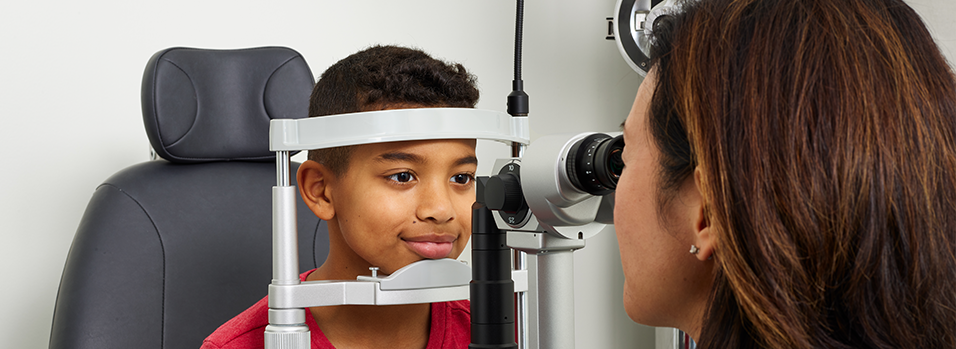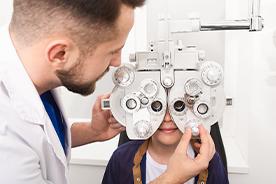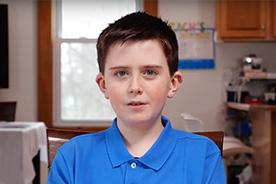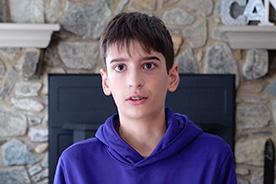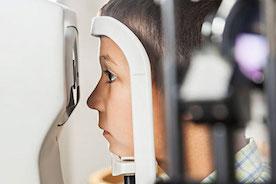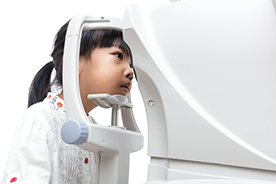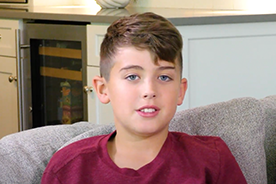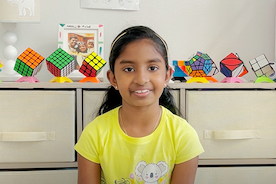Nearsightedness, also known as shortsightedness, refers to the eye condition when objects in the distance appear blurry. You’re able to more easily see things that are close to you. Eye doctors usually call this condition “myopia” rather than nearsightedness or shortsightedness. If you find yourself squinting when you look at things in the distance but are able to more easily see things up close, then you are likely nearsighted.
The Causes of Myopia
There’s no single cause for myopia. It has both genetic1 and lifestyle2,3,4 components that contribute to the eye growing longer than it should. For instance, myopia does tend to run in the family. Children are more likely to have myopia if their parents do, and identical twins, who share the same genes, are more likely to have myopia than nonidentical twins.1
But genetics isn’t the whole story. The amount of people with nearsightedness has been rising for decades—much faster than evolution could account for. At the start of the 1970s, for instance, the prevalence of myopia in the United States was just 1 in 4. Thirty years later, around 2000, that number has exceeded 40%5 and will likely continue to rise. The World Health Organization estimates that half of the world’s population will have myopia by 2050.
So what caused our myopia rates to shoot up so quickly? Some believe it’s due to gradually less time outdoors exposed to bright light over those 30 years. Working closely on computers and other devices that demand close-up focusing is also believed to increase myopia rates.2,3,4
An important note: Myopia can also be a sign of something more serious, including diabetes. So it’s important to have regular medical checkups to help rule out such causes.
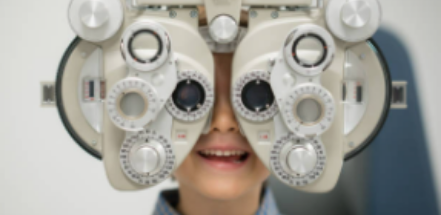
The Pandemic Effect
The pandemic caused children’s rates of myopia to climb even higher, probably because they were forced to remain indoors more than they ever had before. A research study published in July of 2021 found that children aged 6 to 8 in China had an increased prevalence of myopia by 36%, presumably from less time outside during the pandemic.
“Our results serve to warn eye care professionals, and also policy makers, educators and parents,” wrote the researchers, “that collective efforts are needed to prevent childhood myopia—a potential public health crisis as a result of COVID-19.”6
When Does Nearsightedness Start?
Myopia tends to appear in kids from age 5 to 14, as their eyes, brains, and heads begin to grow to the size they’ll be when they are adults. That is also the time when myopia progression should be slowed as much as possible.
Given that the rate of nearsightedness among kids is unlikely to go down on its own, what can be done to help your own child’s eyes? Limiting screen time is one sensible strategy.7
It’s also important to make sure kids get lots of time outside.7 Why does spending time outdoors help? It is likely because the bright light outdoors even on a cloudy day releases dopamine in the outer retina which regulates eye growth.8
Contact Lenses That Are Part of the Solution
There’s now another way to help ward off myopia progression in kids. In the past, contact lenses were only able to clear up vision, but now some can go beyond vision correction. MiSight® 1 day soft contact lenses are specifically designed for myopia control and are FDA approved* to slow the progression of myopia in children aged 8-12 at initiation of treatment.9† Although these daily, single-use lenses help your child to see,9, 10,11 they also help keep their myopia from getting worse too quickly.9† Whether they are worn in class, while playing sports, or just hanging out with friends, MiSight® will help your child see clearly while reducing the risk of myopia-related eye health complications over the long term.12

